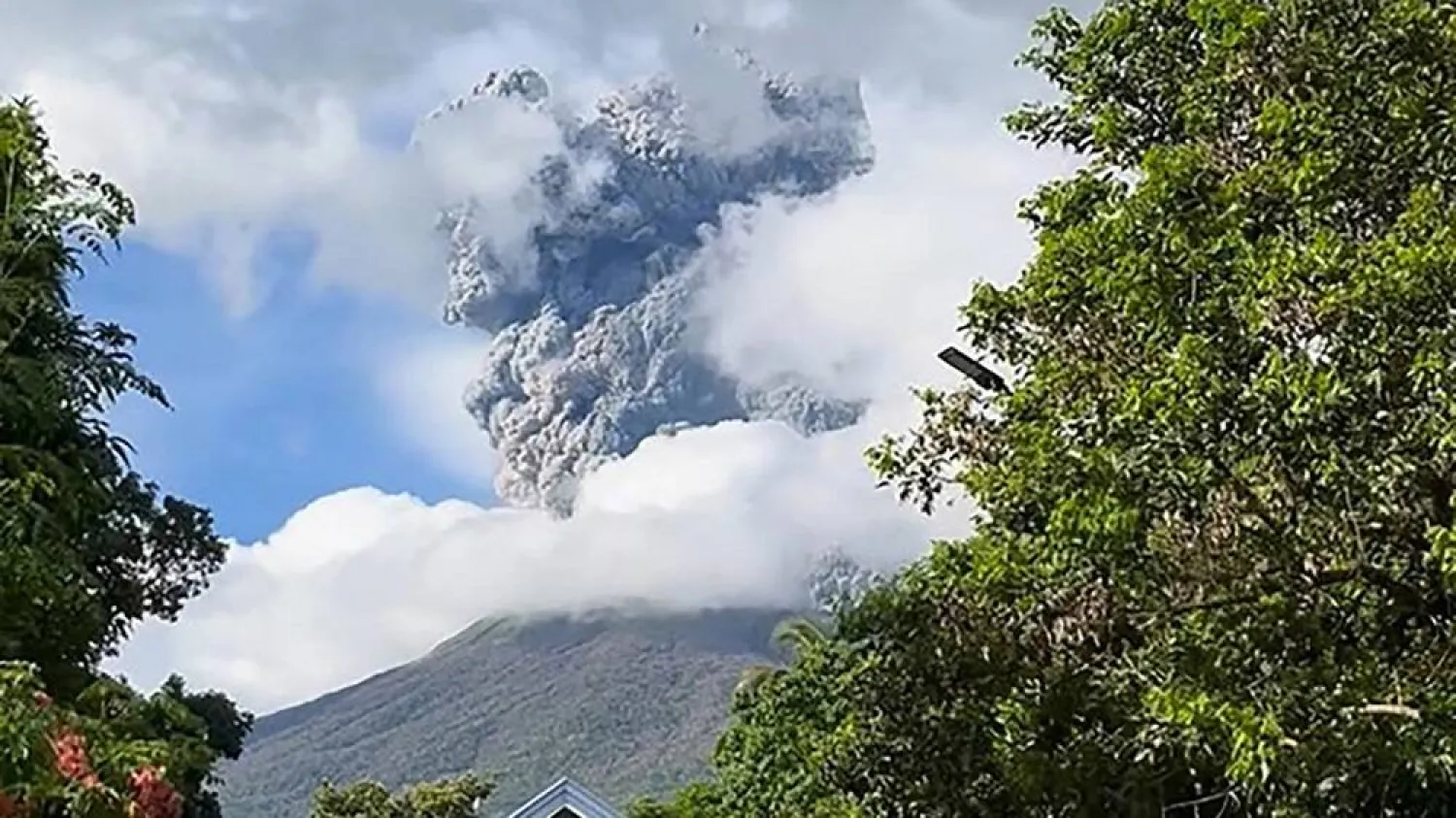An unknown lizard species has been discovered in a Peruvian jungle reserve.
It was named in honor of Paul Bruce Dickinson, singer of the British heavy metal group Iron Maiden, the National Service for Protected Natural Areas (Sernanp) has announced, without specifying whether the scientists behind the discovery are metal music fans.
The species Enyalioides Dickinson, its scientific name, is distinguished by its orange head, green body, and short legs.
Another species discovered is Enyalioides cyanocephalus, which inhabits the humid montane forests of the Cordillera de Colan, Amazonian region of northeastern Peru.
Bruce Dickinson, 65, is the singer of the group Iron Maiden, founded in 1975 in London, considered one of the most important and representative of the genre.
The two species were recently discovered in a study by American experts from the Rainforest Partnership, the Peruvian Institute of Herpetology, and the Zoology Museum of the School of Biological Sciences of the Catholic University of Ecuador.
The Cordillera de Colan National Sanctuary, in the department of Amazonas, covers an area of 39,215 ha and is home to 470 species of birds and some 70 species of mammals.







